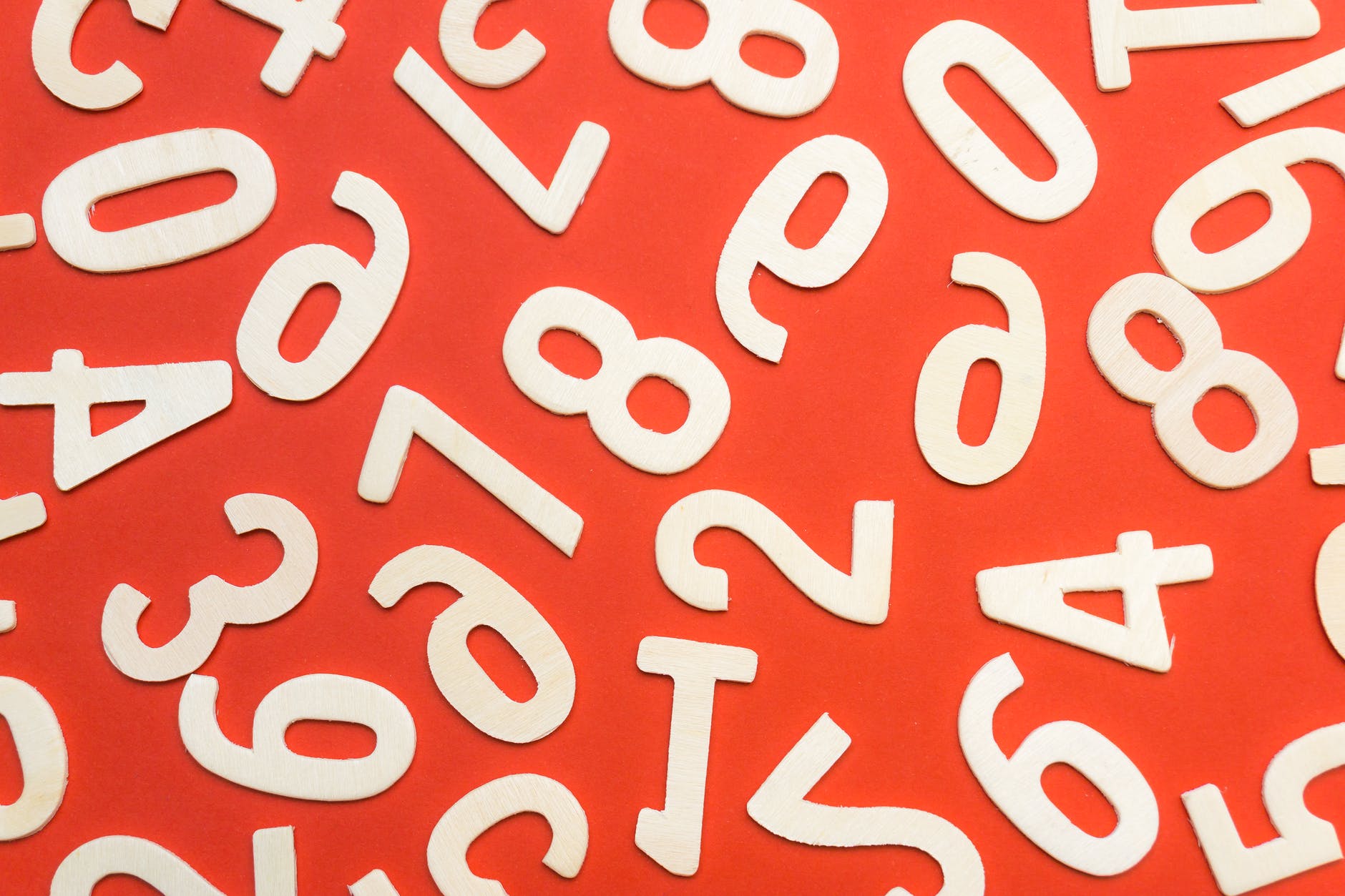In mathematics, based on the number of factors, there are two types of numbers called composite and prime numbers. Prime numbers are defined as positive integers having only two factors and one.
A positive integer with more than two factors is called a composite number. The term factor is a value, which can divide an expression or number in an even manner.
The prime or composite number is considered as any whole number greater than 1. The prime numbers are found in applications of technology and the internet since they are the building blocks of whole numbers.
For our current uses, their odd mathematical properties are perfect. In this article, we shall give a brief knowledge about composite and prime numbers properties and tables.
Also, we shall discuss Prime and Composite numbers with examples.
What are Prime numbers?
A positive integer with exactly two factors, i.e. ‘1’ and the number itself, is called a prime number. But ‘1’ is a non-prime number. Eratosthenes discovered the prime number.
Example:
2 is a prime number since 2 can only be divided by two numbers, i.e. 1 and 2.
2/1=2
2/2=1
Similarly 3,5,7,11,13,17 are called the prime numbers.
Even Prime number
The numbers that are evenly divisible by 2 and only two factors are called even prime numbers. The rest of the prime numbers are odd, except 2, which is the only even prime number.
Twin Prime number
The pair of prime numbers that differ by 2 only is called the twin prime numbers. Also, the prime numbers that have only one composite number between them are called twin primes.
Example: 11 and 13 are twin primes since 13-11=2.
Coprime numbers
Coprime numbers are the pair of numbers that have only one factor the same between them. The coprime numbers and prime factors are not the same.
Example: The numbers 6 and 13 are coprime since the common factor is 1 only.
Properties of prime numbers
- One prime number can divide at least the numbers which are greater than 1.
- The sum of two primes can be expressed by every even positive integer greater than 2.
- All other prime numbers are odd, except 2. In other words, 2 is the only even prime number.
- One and itself are only the two factors of prime numbers.
- Two prime integers are coprime to each other.
- Every number can express the product of prime numbers.
- A prime number is a non-zero whole number.
- By modern mathematics, 2 is the smallest prime number.
- The numbers ‘1’ and ‘0’ are non-prime numbers.
- Prime factorization or integer factorization is the method of finding the prime numbers.
List of Prime numbers displayed from 1 to 100
In the number system, there are several primes, and we are providing the list of prime numbers from 1 to 100.
| 2 | 3 | 5 | 7 | 11 | 13 | 17 | 19 | 23 |
| 29 | 31 | 37 | 41 | 43 | 47 | 53 | 59 | 61 |
| 67 | 71 | 73 | 79 | 83 | 89 | 97 |
What are Composite numbers?
The composite numbers are the type of numbers that have more than two factors. One is not a composite number. This number can be divided by one integer or number apart from getting divided by one and itself.
Example: 6 is a composite number because it can be divided by 1,2,3,6. So it has 4 factors.
- 6/1=6
- 6/2=3
- 6/3=2
- 6/6=1
Types of composite numbers:
1. Even composite number
The non-prime even numbers are called the even composite numbers.
Example: 4,10,16 etc are even composite numbers
2. Odd composite number
The non-prime odd numbers or the odd positive integers are called the odd composite numbers.
Example:9,21,33 etc are odd composite numbers
List of Composite numbers displayed from 1 to 100
|
4 |
6 | 8 | 9 | 10 | 12 | 14 | 15 | 16 |
|
20 |
21 | 22 | 24 | 25 | 26 | 27 | 28 |
30 |
|
33 |
34 | 35 | 36 | 38 | 39 | 40 | 42 |
44 |
|
46 |
49 | 50 | 51 | 52 | 54 | 55 | 56 |
57 |
|
60 |
62 | 63 | 64 | 65 | 66 | 68 | 69 |
70 |
|
74 |
75 | 76 | 77 | 78 | 80 | 81 | 82 |
85 |
|
87 |
88 | 90 | 91 | 92 | 93 | 94 | 95 |
96 |
| 98 | 99 | 100 |
|
Properties of Composite numbers
- Composite numbers are all even numbers except 2.
- The number ‘1’ is a non-composite number.
- The product of two or more prime numbers is every composite number.
- The set of natural numbers with more than 2 factors is the composite number.
- Looking at the composite numbers 4, 6, 8, 9, 10, etc., 4 is the smallest composite number with factors apart from 1.
- The divisibility of composite numbers is possible by other composite numbers also.
- At Least two prime numbers as the factors will be each composite number.
Few methods and steps are there to find if a given number is composite or prime. To find if a number is divisible by one or more number divisibility rules and division methods are used. Also, to find the prime factors of composite numbers, we have a prime factorization method.
Difference between prime and composite numbers
|
Prime number |
Composite number |
| 1. Only two factors are present in the prime number. | 1. More than two factors are present in the composite numbers |
| 2. The prime number can be divided by 1 and the number itself.
Example: 7 is divisible by 7 and 1. |
2. The composite number can be divided by all its factors.
Example: 4 is divisible by 2 and 4. |
| 3. Few examples of prime numbers are 2, 3, 7, 11, 13, etc. | 3. Few examples of composite numbers are 4, 8,10,15,114, etc. |
| 4. The prime numbers can be written as the product of only two factors. | 4. The composite numbers can be written as a product of more than two numbers. |
Conclusion
Prime number and composite numbers are essential in regular arithmetic sums. To tackle the factoring, fractions, and polynomial equations, they prepare the students for their mathematical future.
Also, in science and technology, by multiplying two prime numbers together, encryption codes can be created. So, you just learned about a set of incredibly versatile and interesting numbers.



